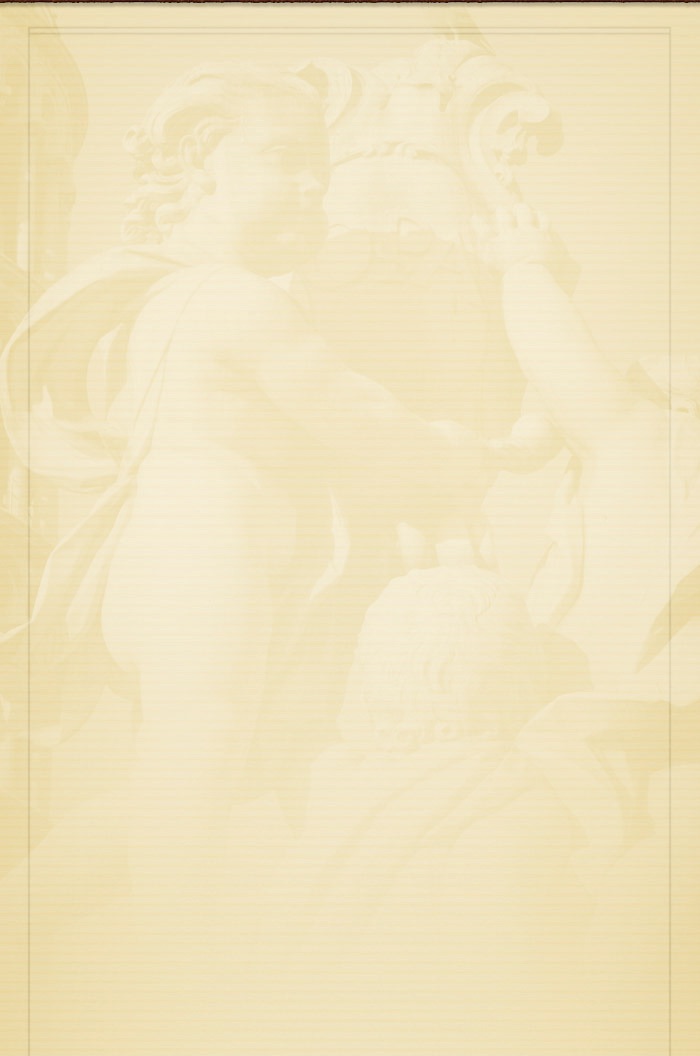MATERA IN CAMMINO: TRA FEDE E CULTURA”
di Cristina Garzone
Una sola parola: dinamismo. È questo il sentimento che si avverte scorrendo le immagini di Cristina Garzone realizzate per la celebrazione della Festa di Maria SS della Bruna, patrona della città di Matera. La celebre fotografa, la cui bravura è giustamente riconosciuta a livello internazionale, ha voluto ritornare nella città natìa per raccontare con gli occhi del mondo la secolare solennità materana.
Una festa secolare appunto, le cui origini affondano nei primi secoli del cristianesimo nel Mezzogiorno, e le cui caratteristiche peculiari si sono evolute con lo scorrere dei secoli, con il cambiare delle dominazioni, con l’evolversi della tecnologia, con il mutarsi delle abitudini sociali. Una sola cosa rimane invariata, la devozione a Maria Madre dell’Umanità, a quella Madre Celeste protettrice della cittadinanza, a cui lo scorrere dei secoli ha donato preghiere e speranze dei suoi figli, a quella Santissima Vergine che unisce tutto il mondo intorno alla Sua Protezione, e che nella millenaria Matera viene portata in trionfo dall’umanità stessa, rappresentanza dell’Universalità della fede che attraversa lo spazio ed il tempo della storia. È infatti evidenziata dall’altissima capacità espressiva dell’obbiettivo fotografico di Cristina Garzone la centralità della figura di Maria in ogni fase della celebrazione materana: nonostante i ritmi concitati che la tradizione impone, nonostante gli aspetti più colorati e rumorosi e affollati e travolgenti, la raffigurazione della Vergine Maria è soggetto fotografico, come anche oggetto reale dell’attenzione dei fedeli, che, nella estrema devozione, non mancano né di esuberanti momenti di folla entusiasta, né di discreti gesti intimi e preghiere sussurrate. La festa della Madonna della Bruna si esemplifica esattamente in questo: un mescolarsi di fede e folklore, una tradizione secolare inscindibile di contatto con la Divinità e di reverenza umana, una festa in cui sacro e profano si intrecciano e si alternano, rappresentazione perfetta della tendenza spirituale dell’uomo al trascendente e della sua profonda immanenza materiale. Momenti di folklore cedono il posto a solenni celebrazioni liturgiche, canti votivi e preghiere si accompagnano a cori festanti, ai gesti devozionali fanno seguito concitazioni travolgenti, alla semplicità dei pastori si sostituiscono le sfolgoranti armature bronzee dei cavalieri, ai mesti agnellini i fieri cavalli, al silenzio della preghiera intima si accompagnano i ruggiti della folla esultante che invade la piazza.
E' la festa della contrapposizione ontologica umana, che esalta e commuove chiunque ne prenda parte. Attraverso la lettura fotografica che ne fa Cristina Garzone, si viene coinvolti dallo stesso fiume di gente che attraversa i vicoli antichi, si abbracciano i ragazzi che esultano all’esplosione della polvere da sparo, si accarezza dolcemente il volto del Bambino Gesù nello stesso dolce gesto di un bambino, si prega in silenzio al passaggio della Madonna trionfante sul suo Carro, avvolti dal candido mantello protettore, si attende lo “sfascio”, il momento culmine della festa, con pari trepidazione, si applaude e si canta; catturato dalla macchina fotografica, si vive il cammino secolare della fede racchiuso nelle espressioni di un giorno intramontabile.
La festa dei materani, ma anche una festa dell'Umanità.
Daniela Plasmati








